If you are interested in your child’s participation, the study doctor or staff will review additional study criteria with you.
Qualified participants will receive study-related care and the investigational drug at no cost. Reimbursement for travel and certain study-related expenses will be available.



